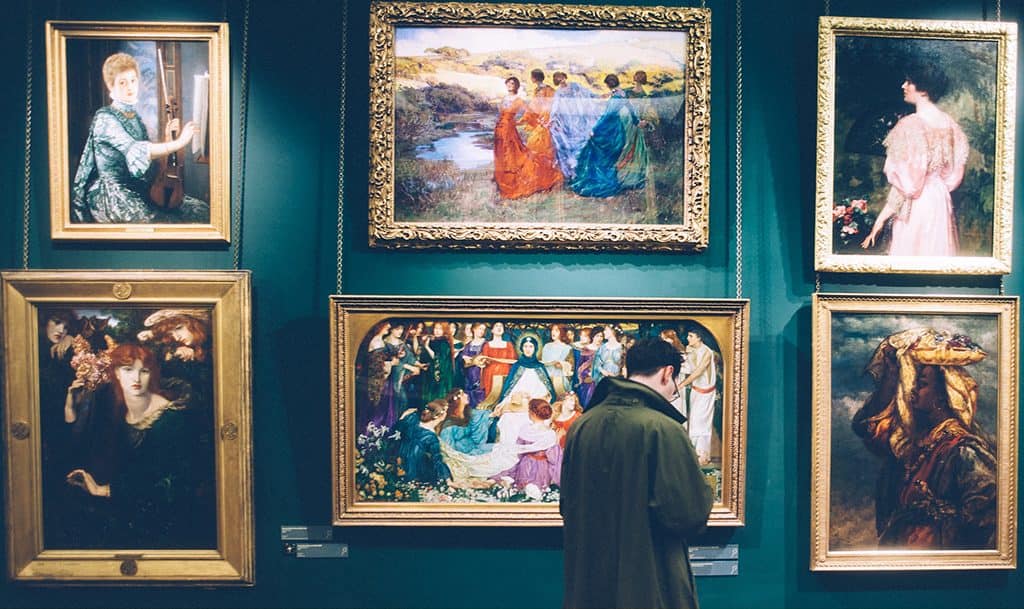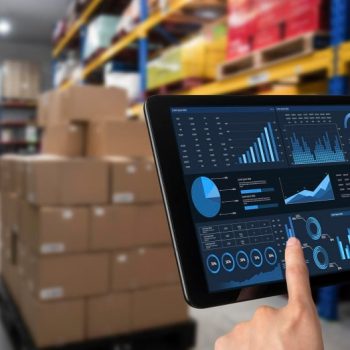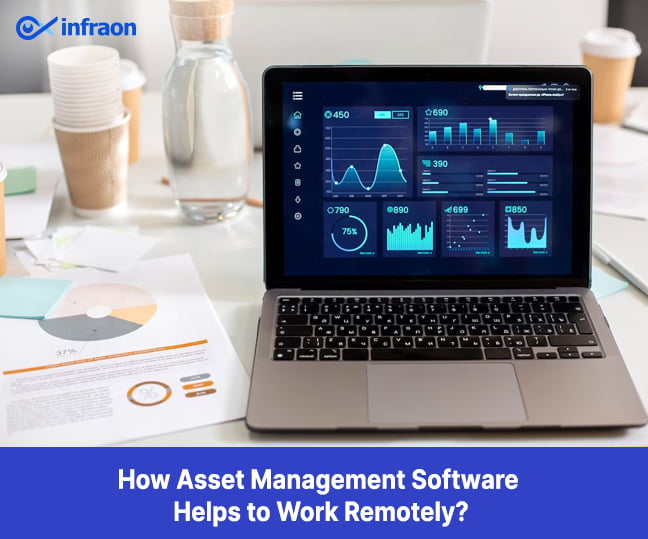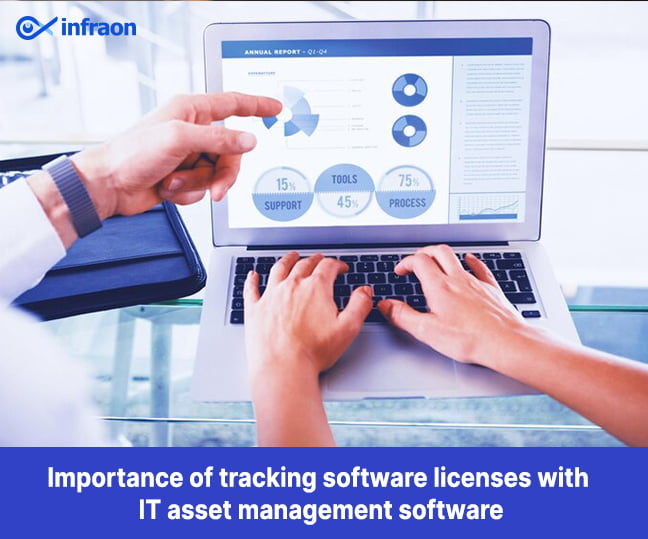An art gallery is a place where artists can showcase their work and sell their pieces. Asset management software can help gallery owners manage their inventory, keep track of sales, and track customer information. This type of software can also help with scheduling exhibitions and managing artist submissions.
Any art gallery worth its salt has an asset management system to track its inventory, a software that can be used to track where each piece of art is located, when it was acquired, and how much it is worth. There are many different types of asset management software on the market, but they all share some standard features.
These include the ability to track where each piece of art is located, when it was acquired, how much it was purchased for, and its current worth. Most software also has features to help with the insurance and appraisal of artwork. When choosing asset management software for an art gallery, it is essential to consider the size of the gallery and the types of artwork it houses. For example, a small gallery with only a few hundred pieces of art may not need the same features as a large gallery with tens of thousands of pieces.
However, an art gallery will also have more than art, such as the infrastructure, the gallery’s furniture, fixtures, and equipment. The gallery’s staff is also an asset, as they are responsible for the care and upkeep of the artworks.
Related article: Manage art gallery with asset management software
What is asset management software?
Asset management software is a computer program that tracks and manages assets and inventory. This software can be used to track anything from personal belongings to company inventory and is often used by businesses to keep track of their assets and inventory. There are many different types of asset management software available, and the specific features and functionality of each type of software can vary depending on the user’s needs. Some common features of asset management software include asset tracking, inventory management, and asset reporting.
Features of Asset management software to manage an art gallery
While asset management software is helpful with managing assets across industries, it is customizable to suit an art gallery. Some of the common features in asset management software include:
Tracking:
One of the most critical features of asset management software is the ability to track assets. It means that the software can keep track of where an asset is, who has it, and when it was last used or displayed. The tracking feature in the asset management software will allow the owner to see exactly where each piece of art is located at all times, if any of the pieces have been moved or if they have been sold. Additionally, the tracking feature will also allow the owner to keep track of the value of each piece of art.
It is important because it will help the owner determine how much money they need to make to keep the gallery running.
Maintenance:
Another critical feature of asset management software is the ability to monitor and track maintenance. It means that the software can keep track of when an asset was last serviced and what type of service was performed. For instance, the artworks themselves may need cleaning or the frame repaired; there are other assets in an art gallery that will need scheduled maintenance.
The software allows you to input information about each piece of art in your collection, including the artist, title, date of purchase, and value. You can also add notes about the art, such as where it is currently being displayed or any special care that is needed. This feature is a great way to keep track of your art collection and ensure that it is properly cared for.
Depreciation:
An art gallery is a great place to display your art collection. But what if you want to sell some of your art? You can do this using asset management software’s art depreciation feature. This feature allows you to track the value of your art over time. You can see how much your art is worth today and how much it will be worth in the future. This information can help you make decisions about when to sell your art. The art depreciation feature can also help you insure your art.
You can add your art to the software, which will keep track of the value of your art. If your art is damaged or stolen, you can use the software to file a claim with your insurance company.
Reporting:
Reports help track the value of the assets over time or determine which assets are the most popular with visitors. Reports can be generated on various criteria, such as asset type, value, location, or date acquired. This flexibility allows users to tailor the reports to their specific needs. For example, you can get a report on the most valuable assets in the gallery for insurance purposes. You can also pull a report on the most popular assets to help with future acquisition decisions.
By generating reports on the assets in the gallery, art gallery owners can gain valuable insights into the gallery’s operation and make informed decisions about its future.

What are asset management tips for the Artwork Industry?
If you work in the art world, you know that one of the most important things to do is to keep track of your inventory or assets. Not only is it important to know what you have and where it is, but you also need to be able to keep track of the value of your assets and how they are performing. This is where asset management tips can be helpful.
Keep a detailed inventory.
The first step to good asset management is having a detailed inventory of everything you own. It means knowing not only what you have but also where it is, what it is worth, and how it performs. A detailed inventory requires carefully labeling the assets, including the paintings, sculptures, and equipment. Each asset must be tagged with asset tracking technology to ensure they are safe from getting misplaced or stolen.
Use asset tracking technology.
Asset tracking technology is used for a variety of purposes in art galleries. It can be used to track artworks’ location, monitor environmental conditions, and control access to artworks. Asset tracking systems typically use radio frequency identification (RFID) tags, QR codes, GPS (Global positioning system), Internet of Things (IoT), or barcodes to track objects.
- You can place an RFID tag on an artwork, and an RFID reader can track the tag’s signal. The reader is used to track the artwork’s location in a gallery or warehouse.
- You can also place an RFID tag on a painting; the tag’s signal can track the painting’s temperature and humidity. This information ensures that the artwork is stored in an environment that is conducive to its preservation.
- Furthermore, you can use a tag effectively and use the tag’s signal to restrict access to the artwork. This feature can be used to prevent theft or vandalism.
Collect and understand the asset data
The data from asset tags can be helpful in an art gallery in several ways. For example, the data can be used to track artworks’ locations, monitor artworks’ condition, and create a database of artworks for inventory purposes. Additionally, the data can be used to generate reports on the value of artworks in the gallery and track the movement of artworks within the gallery.
Over and above this, art galleries use wearables on visitors to gather data on their location to know which artwork is getting more attention and if the placement of artworks is effective. The data enables art gallery owners to improve their decision-making to improve their sales.
Monitor and maintain art gallery assets
When an art gallery tracks its assets, it can more easily keep track of which pieces need to be repaired or restored. This information can help gallery staff plan for future maintenance and restoration projects. Alerts and notifications help the staff proactively manage the assets. They will be aware of any problems that arise with the paintings, sculptures, or other pieces in its collection, and the gallery will be able to take immediate action so the artworks remain in circulation.
Related article: Best Asset Management in Work Order Tracking For 2022
Final Note
Asset management software is a vital tool for managing art galleries. It can help gallery owners track inventory, manage sales and acquisitions, and keep track of artworks. It can also help gallery staff communicate and collaborate on tasks, such as planning and executing exhibitions and events. Investing in a customized asset management solution will be a game changer for a consistently successful art gallery and its operations.



















